Research Article 
 Creative Commons, CC-BY
Creative Commons, CC-BY
Psychiatric Manifestation Among Cannabis Abusers in Benghazi City
*Corresponding author: Samir Elmrghni, Department of Forensic Medicine and Toxicology, Faculty of Medicine, University of Benghazi, Libya.
Received: March 26, 2022; Published: April 01, 2022
DOI: 10.34297/AJBSR.2022.16.002185
Abstract
Background: Cannabis is the name for preparations from the plant Cannabis sativa The most immediate effect of smoking cannabis
is to increase the heart rate by 20% to 50% within a few minutes 9-tetrahydrocannabinol, the major psychoactive principle of cannabis
The effects of cannabis depend upon the dose received, the mode of administration The short-term effects of cannabis on the brain can
include: Confusion ,sleepiness (fatigue),impaired ability to remember Concentrate, pay attention, anxiete fear or panic reduced ability
to react quickly Cannabis use can also result in psychotic episodes characterized symptom by, paranoia, delusions, hallucinations,
disturbances in mood psychotic.
Aim and objectives: To perform an update on cannabis abuse by patients with psychiatric disorders.
Method and Resutls: We went to the Psychiatric Hospital - Benghazi and took the files of patients addicted to cannabis who
entered the hospital 2019-2020, and we studied 202 patients’ We founded in the files of patients who number 202 that there is only
one case, a female, and 201 young males, whose ages range from 20-31 years, and some others whose ages range from 40 to 57 years,
and some of these patients were using hashish other drugs, including TCA, Benz diazepam 99.5% of participants were males & only
one case was female THC, tricyclic antidepressants (TCA) and (benzodiazepine+ methadone + TCA). Cases which were using; TCA
alone, combination of tramadol + TCA, and tetrahydrocannabinol (THC) represented 2.0 %. Cases which were using; THC+ TCA +
benzodiazepine & methadone represented 1.0 %. Equal proportion (0.4%) of cases were using THC with morphine or Heroin+ THC.
One case (0.5 %) the drug used was missing behavioral disturbances represented 1.5%, chronic schizophrenia (0.5%) and replay
psychiatric 0.5%). Equal proportion of cases (0.5%) had, Affective psychiatric or drug addiction depression or more drug abuse or
schizophrenia.
Conclusion: We have concluded that there are some patients who used cannabis only and others were taking other drugs added to
hashish. The effect of these substances was weakening and caused acute and chronic effects on the brain. As it turned out, an important
thing during our research in the patients’ files showed that most of the cases were from the young age group 20-31 from males most
of the drugs used are cannabis and the most common symptoms are bad thinking and depression, and the most common drugs use are
Zyprexa.
Keywords: Cannabis; Marijuana abuse; Dependency (psychology) Mental
Introduction
Problems concentrating or focusing, Delayed responsiveness, Poor judgement Impaired ability to track the passage of time, Indecisiveness, Dramatic mood swings, Agitation, Irritability, Paranoia misinterpreted as symptoms of serious misadventure. THC is the component of cannabis that has the highest toxicity in animals. The cause of death is cessation of breathing or the heart if breathing is assisted [1-3]. Because tolerance develops to its effects, the toxic dose of THC depends upon the amount by which a dose exceeds the customary dose [4,5]. Laboratory studies in humans of daily dosing of high levels of THC over weeks have demonstrated tolerance to mood effects, heart rate changes, decrease in skin temperature, increased body temperature, and impaired performance on psychomotor tests [6]. The major acute adverse psychological and health effects of cannabis intoxication are anxiety, dysphoria, panic and paranoia, especially in naive users cognitive impairment, especially of attention and memory psychomotor impairment, and possibly an increased risk of accident if an intoxicated person attempts to drive a motor vehicle an increased risk of experiencing psychotic symptoms among those who are vulnerable because of personal or family history of psychosis; and an increased risk of low birth weight babies if cannabis is used during pregnancy. The most probable health and psychological effects of chronic heavy cannabis use appear to be respiratory diseases associated with smoking as the method of administration, such as chronic bronchitis, and the occurrence of histopathological changes that may be precursors to the development of malignancy an increased risk of cancers of the aero digestive tract, i.e. oral cavity, pharynx, and esophagus; and development of a cannabis dependence syndrome, characterized by an inability to abstain from or to control cannabis use Can With the increasing push to legalize cannabis in Western nations, there is a need to gage the potential impact of this policy change on vulnerable populations, such as those with mental illness, including schizophrenia, mood, and anxiety disorders. This is particularly important as there are strong motives in these individuals to seek short-term reward (e.g., “getting high”). Nonetheless, data to support the beneficial effects of cannabis use in psychiatric populations are limited, and potential harms in patients with psychotic and mood disorders have been increasingly documented. This article reviews the effects of cannabis in people with mental illness. abis and mental illness
Aim of the study
To perform an update on cannabis abuse by patients with psychiatric disorders.
Methods
This research was conducted from the Benghazi Psychiatric Hospital. The research included the investigation of cannabis (marijuana) and dependence associated with mental disorders. Data were collected in the year 2020 in a period of 3 months. There were no restrictions regarding the language of the publication and the study was comprehensive for 200 patients with knowledge of altered mental disorders when. This hemp was taken alongside other substances, such as benzodiazepine and tramadol, also worked on excel and statistic.
Results and Discussion
(Figure 1) shows that of 20.79% cases had history of delusion and 79.21% has no history (Figure 2) shows that 32.67% of Cannabis users cases had history of hallucination and 67.33 % had no history of hallucination. (Figure 3) shows that 36.63 % of Cannabis users cases were stable and 63.37% were unstable (Figure 4). (Figure 5) shows that 36.63 % of Cannabis users cases had history of aggressive behavior (Figure 6) Only 13.86 % of Cannabis users cases were doing well and 86.14 % of cases were not doing well as shown by figure 6. Figure 7 shows that 21.29% of Cannabis users cases were cooperative and 78.71 % were uncooperative. (Figure 8) Cannabis users’ cases with history of Bad thinking represented 38.61% and 61.39 % had no history of Bad thinking as shown by (Figure 8). (Figure 9) Cannabis users’ cases with history of hearing voices represented 19.80% and 80.20 % had no history of hearing voices as shown by (Figure 9). (Figure 10) Cannabis users’ cases with history of Zyprexa represented 54.73 % and 45.27 % had no history of Zyprexa as shown by (Figure 10). (Figure 11) Cannabis users’ cases with history of Haldol drug represented 40.59 % and 59.41 % had no history of Haldol drug as shown by (Figure 11). (Figure 12) Cannabis users’ cases with history of being calm represented 27.72 % and 72.28 % had no history of being calm as shown by (Figure 12). (Figure 13) Cannabis users’ cases with history of depression represented 37.13 % and 62.87 % had no history of depression as shown by (Figure 13). users’ cases with history of depression represented 37.13 % and 62.87 % had no history of depression as shown by (Figure 13).
Conclusion
cannabis is psychoactive natural product such as alcohol and caffeine and is widely used worldwide. In the past ,medicine used cannabis tinctures, but they were removed from the pharmacopoeia a long time ago, the effect depended on the amount of the dose, and there are short time effect that differ from one person to another and with varying rates ,including (drowsiness, confusion, impaired ability and mood dis orders, and the effect varies in the hours or minutes depending on the method of use increases the time of euphoria or less ,as it became clear to us through the research that the percentage of male consumers is more than female and also those who were admitted to the Benghazi psychiatry hospital more males, and for ages it ranged between 17-57 of the total cases(202) 56.8% were entered once . To the hospital ,19.8% twice and 7.4 three times, and this is good indication of the response of cases to treatment, although most of cases were not clam and psychologically unstable before treatment in the large proportions, and the some tried to commit suicide. In my opinion, in such cases, psychotherapy has a great effective role in rebuilding the personality of the user by encouraging him and filing his spare time with useful things and rebuilding his self-confidence./p>
References
- Blum K (1984) Handbook of Abusable Drugs (New York, Gardner Press).
- Nahas G (1984) Toxicology and pharmacology, in: Nahas, G (Edn) Marihuana in Science and Medicine 109-246 (New York, Raven Press), USA.
- Gable R S (1993) Toward a comparative overview of dependence potential and acute toxicity of psychoactive substances used nonmedically. Am J Drug Alcohol Abuse 19: 263-281.
- Hansteen R, Miller R, Lonero L, Reid L, Jones B (1976) Effects of cannabis and alcohol on automobile driving and psychomotor tracking. Annals of the New York Academy of Science 282: 240-256.
- Smiley A, LeBlanc A, French I, Burford R (1975) The combined effects of alcohol and common psychoactive drugs: 11 field studies with an instrumented automobile, in: Israelstram, S. & Lambert, S. (Eds.) Alcohol, Drugs and Traffic Safety. Proceedings of the 6th International Conference on Alcohol, Drugs and Traffic Safety 433-438 (Toronto, Addiction Research Foundation).
- Klonoff H (1974) Marijuana and driving in real-life situations. Science 186(4161): 317-324.



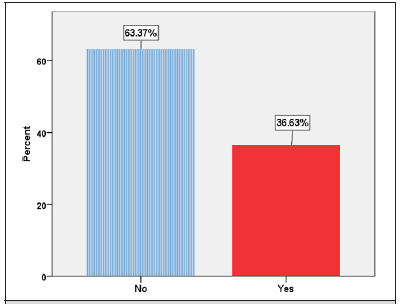
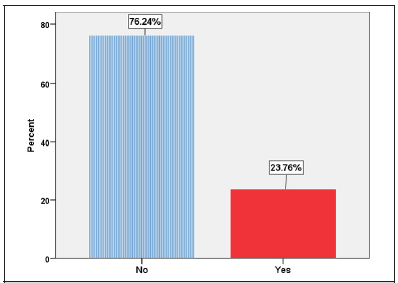
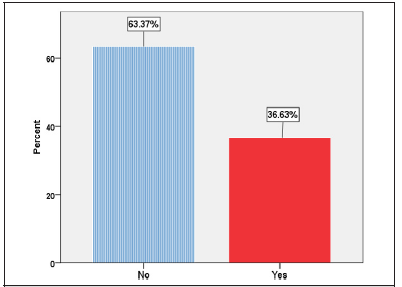

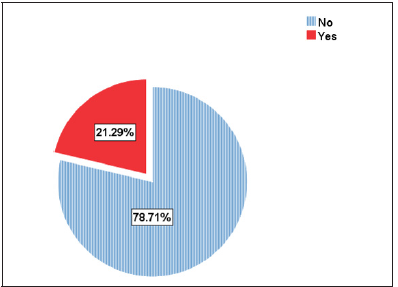

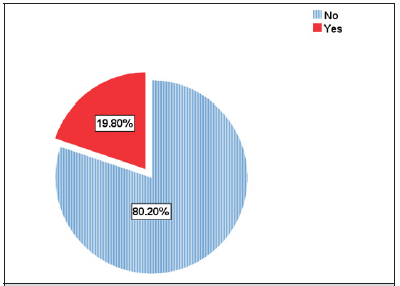


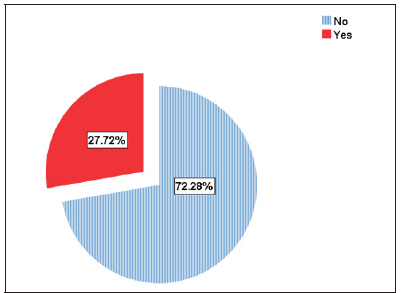



 We use cookies to ensure you get the best experience on our website.
We use cookies to ensure you get the best experience on our website.